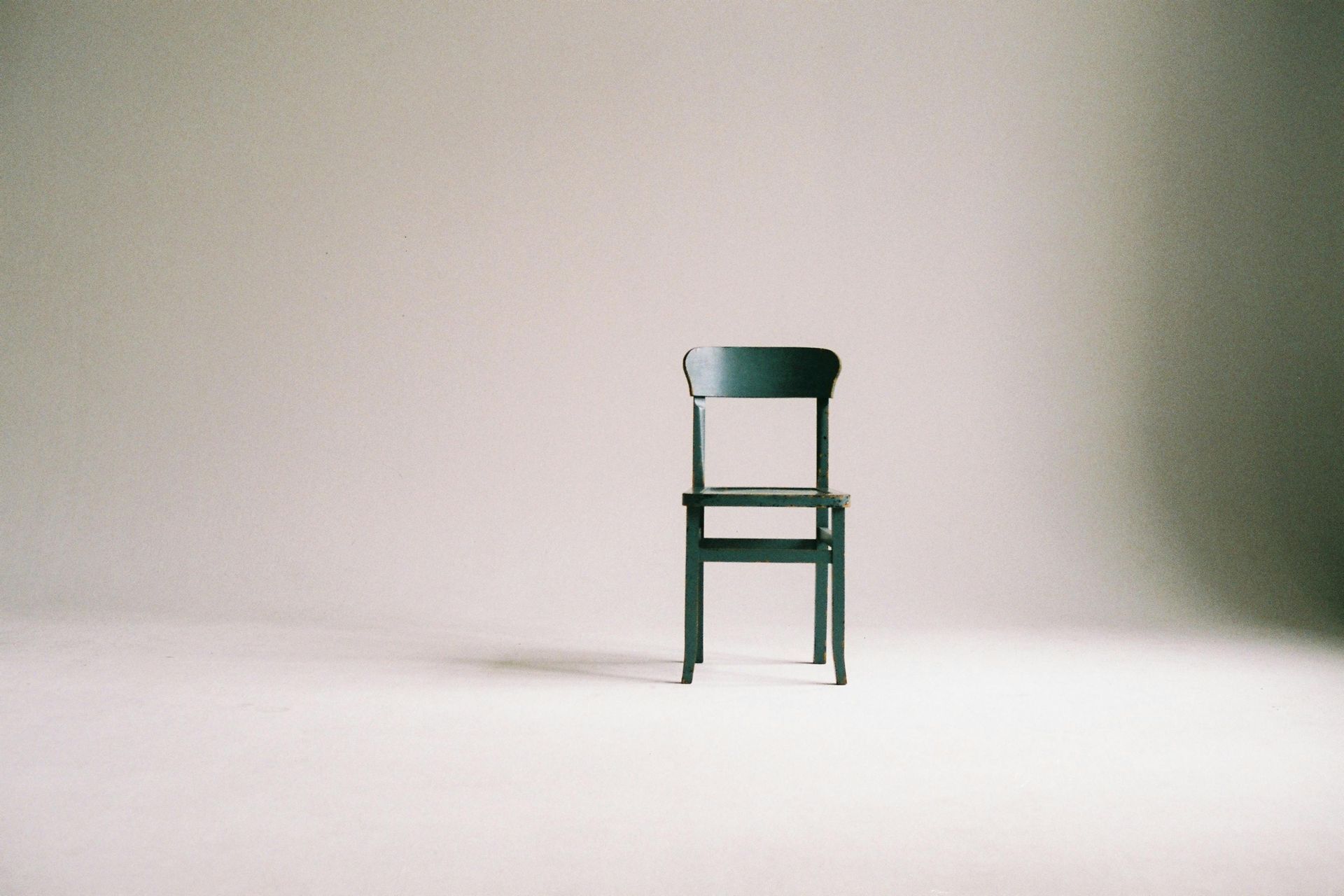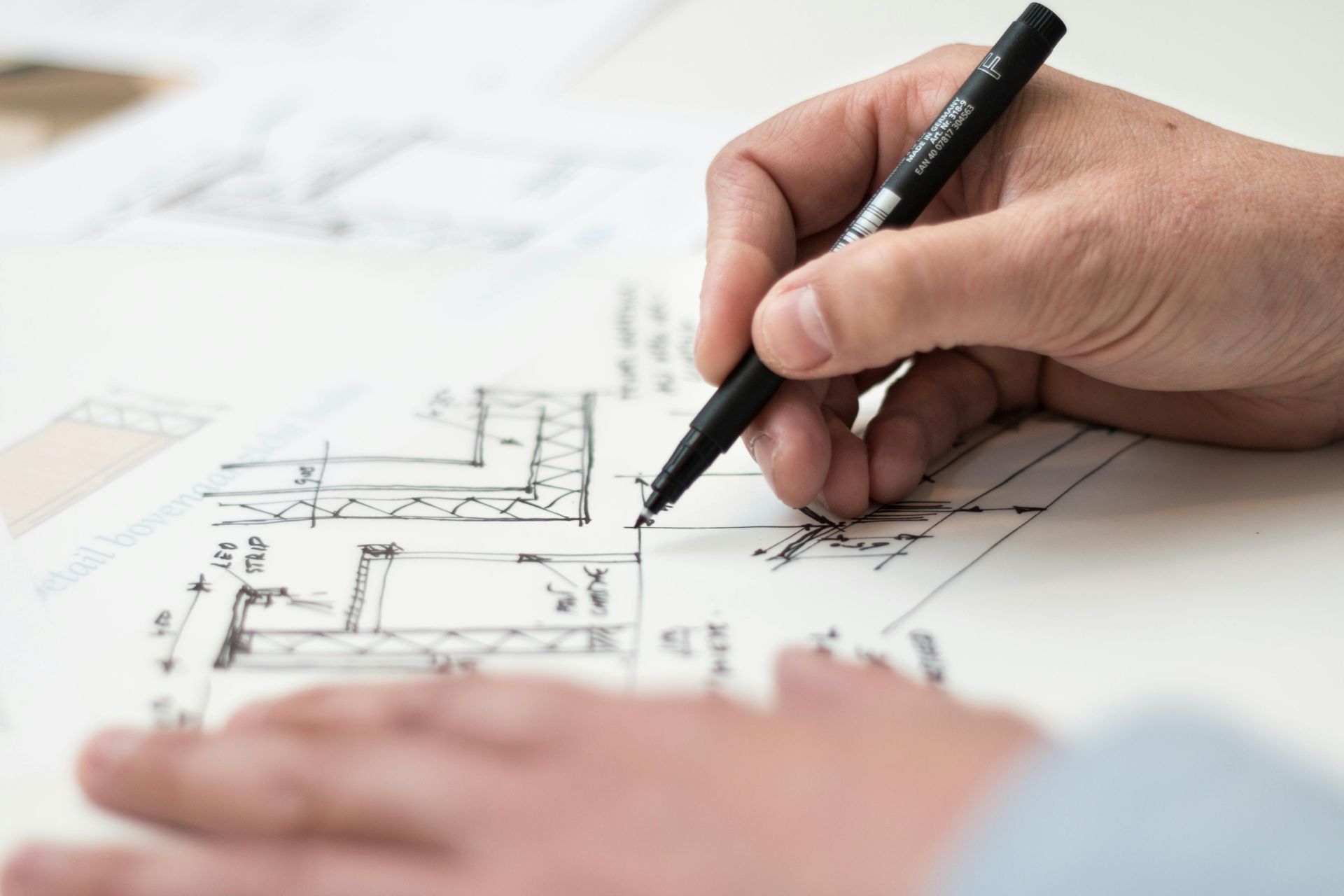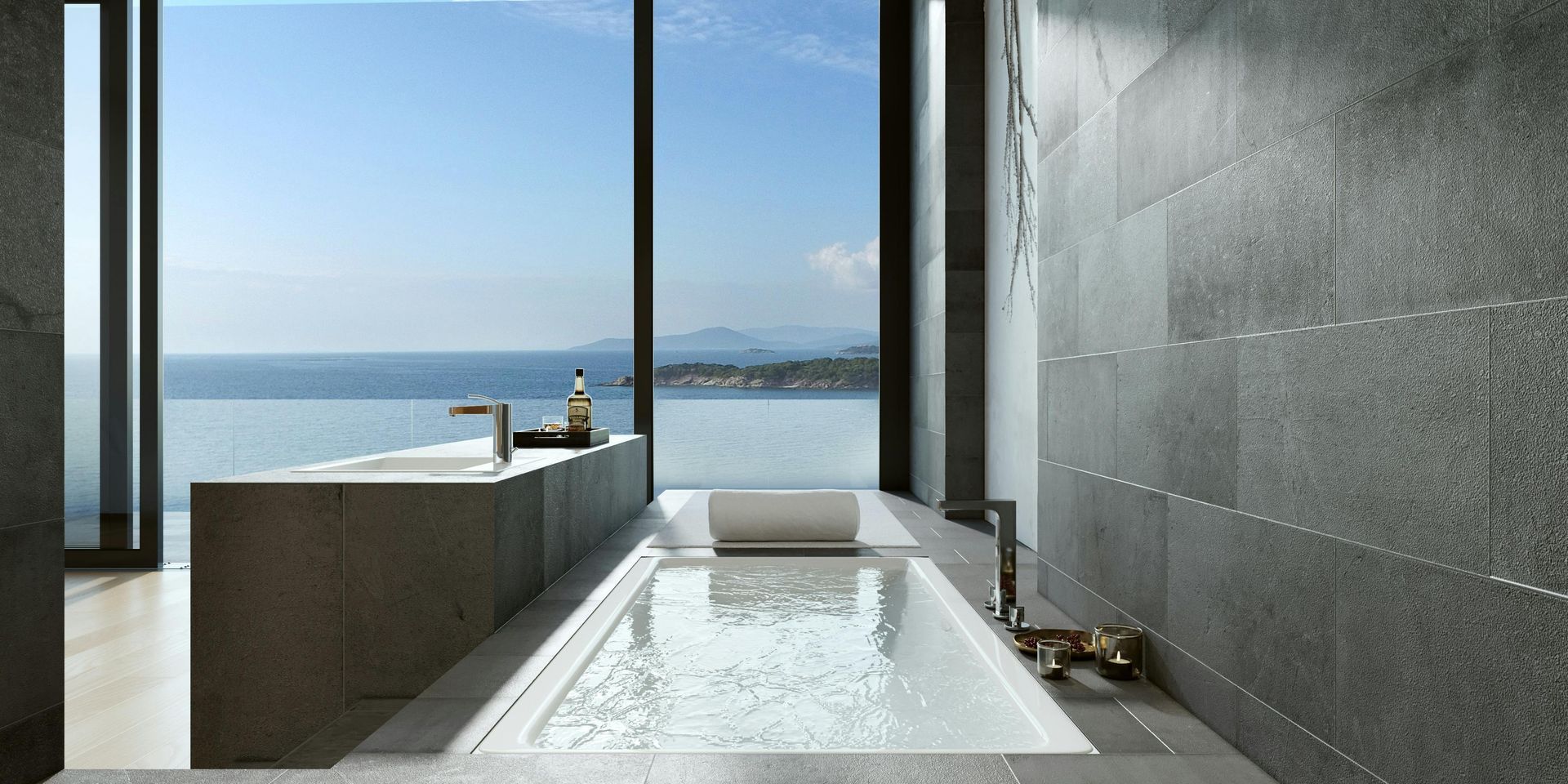AI Mood Boards: Faster Concepting Without Losing Your Signature Style
Creating mood boards is one of my favorite parts of the design process because it turns abstract ideas into something tangible. Yet it can be a huge time sink. Finding the right images, balancing colors, and arranging a cohesive look can take hours. As I’ve explored new tools, I’ve learned that AI can make this step faster without sacrificing originality.
Why Traditional Mood Boards Eat Up Time
Mood boards are more than a collection of pretty pictures. They tell the story of a space, hinting at textures, lighting, colors, and atmosphere. To build a board the old‑fashioned way, you might:
- Search dozens of websites or magazines for images.
- Save, print, or download files, then lay them out by hand or in software.
- Adjust colors and crop images to match your vision.
- Rearrange elements until everything feels harmonious.
Each task requires decisions that only a human can make, so the hours add up. When you’re juggling several projects or working with a tight deadline, this is precious time you could spend refining the design itself.
How AI Tools Step In
Generative AI tools now let you start the mood board process in minutes. By analyzing vast image libraries and design trends, these tools suggest combinations that match your brief. Describe the vibe you’re after—say, “coastal modern with warm neutrals and brass accents”—and AI will generate a draft board with images, colors, and materials that fit. Because AI isn’t confined to your personal inspiration folder, it can surface ideas you might not have considered. If the board leans too bohemian, tweak your description and watch it shift to a more refined look.
Refining AI‑Generated Boards
AI delivers volume and speed, but the designer’s eye still matters. Once you have an AI‑generated starting point, you become the curator. Here are ways to make the most of AI suggestions:
- Start with a clear prompt: Be descriptive about style, mood, and key materials. If the first result misses the mark, add more detail or remove words that are skewing the output.
- Adjust colors manually: Many tools let you swap out palettes. Replace colors that don’t fit your brand with hues that do. You can even upload a custom palette to guide the tool.
- Swap materials and finishes: If the AI suggests materials outside your budget or sustainability goals, switch them out. Replace polished marble with engineered stone, for example.
- Combine elements across boards: Sometimes one board nails the lighting while another captures the right textures. Pull your favorite elements from each and merge them into a final composition.
This curation phase is where your signature style shines. AI gives you a head start, but your experience and taste drive the final result.
Creativity Versus Automation
Some designers worry that AI could dull their creative edge. I see it differently. AI handles the repetitive tasks—collecting and sorting images—so you can focus on what matters. You still decide how to interpret a client’s brief, which materials align with their values, and how to translate a mood board into a real space. The tool simply cuts down the time you spend searching for photos and matching colors by hand.
In my practice, AI has given me breathing room. When a client calls with a last‑minute change, I can regenerate a fresh board quickly and still have energy to brainstorm the design details. I’m also discovering new palettes and textures that I might have overlooked. Rather than replace my creativity, AI expands it.
Ready to Save Time on Concepting?
If building mood boards is eating into your schedule, imagine what else you could delegate. At Creo, we handle drafting, documentation, concept and schematic presentations and other production tasks, allowing you to stay focused on design. Let’s talk about how partnering with an extension of your team can free up your time for more creative work.




